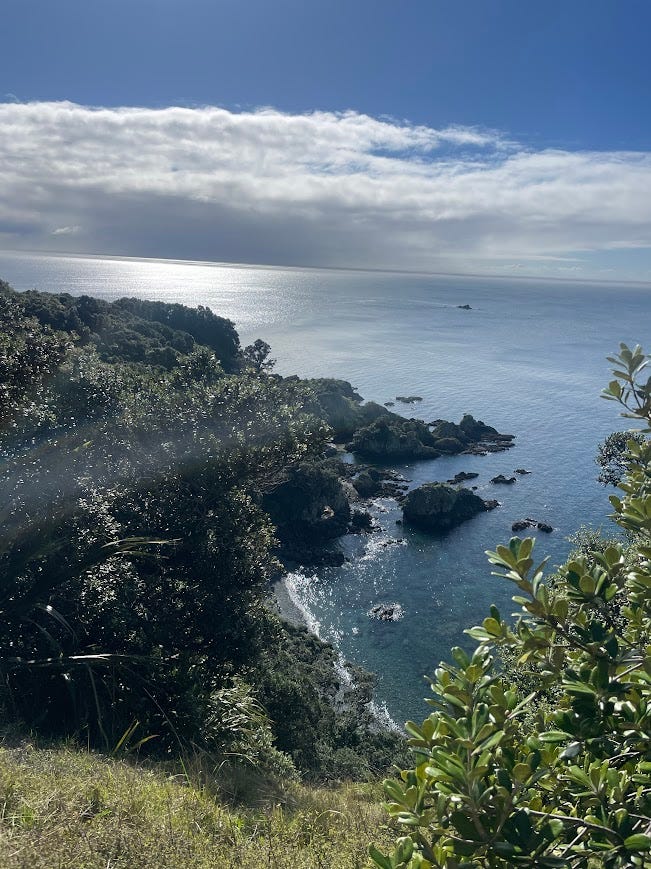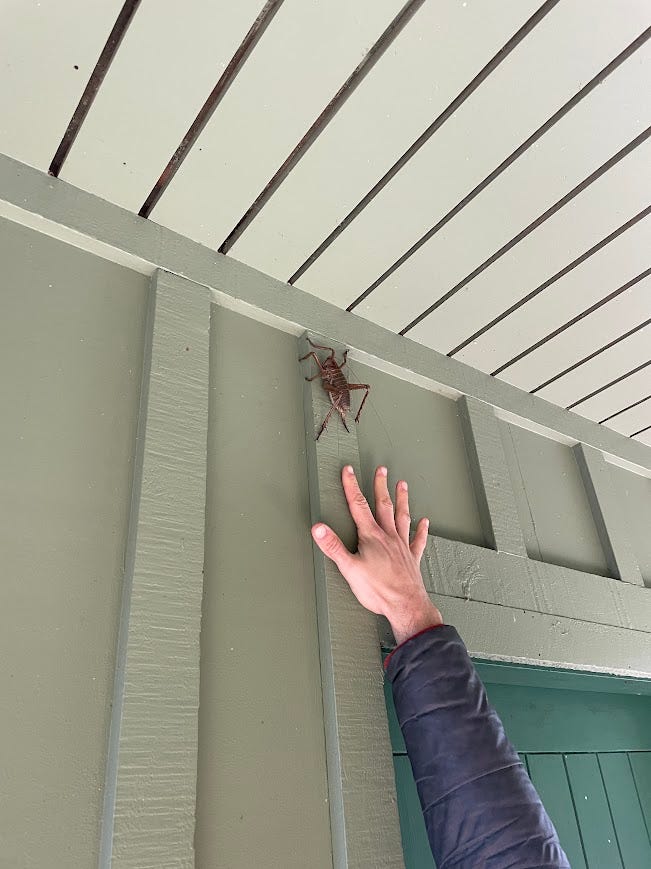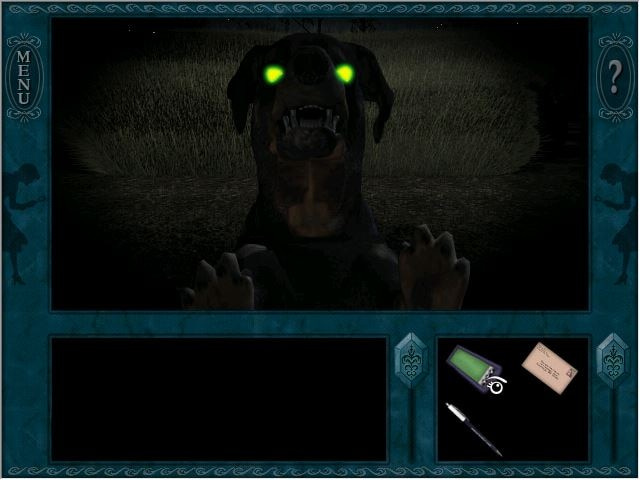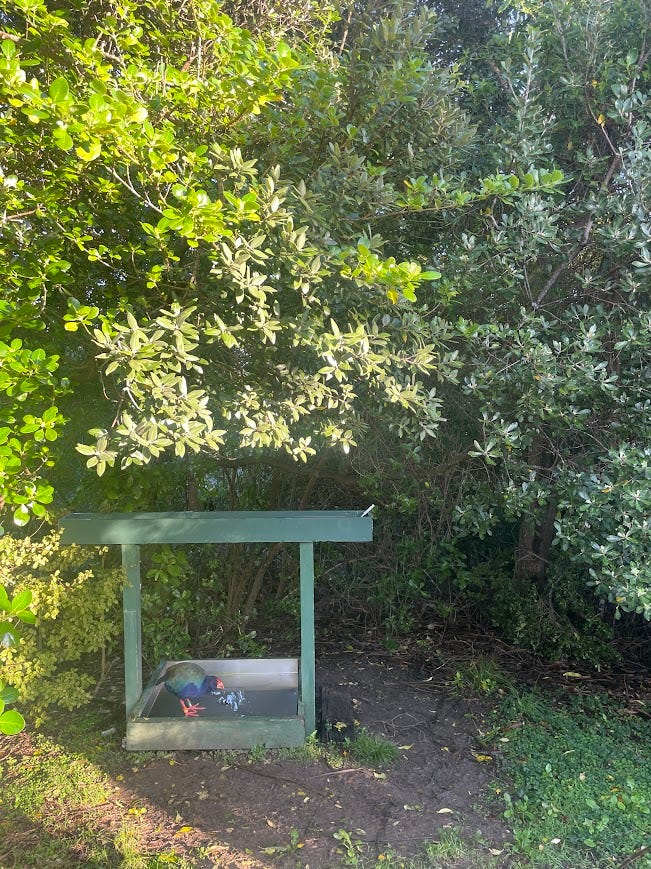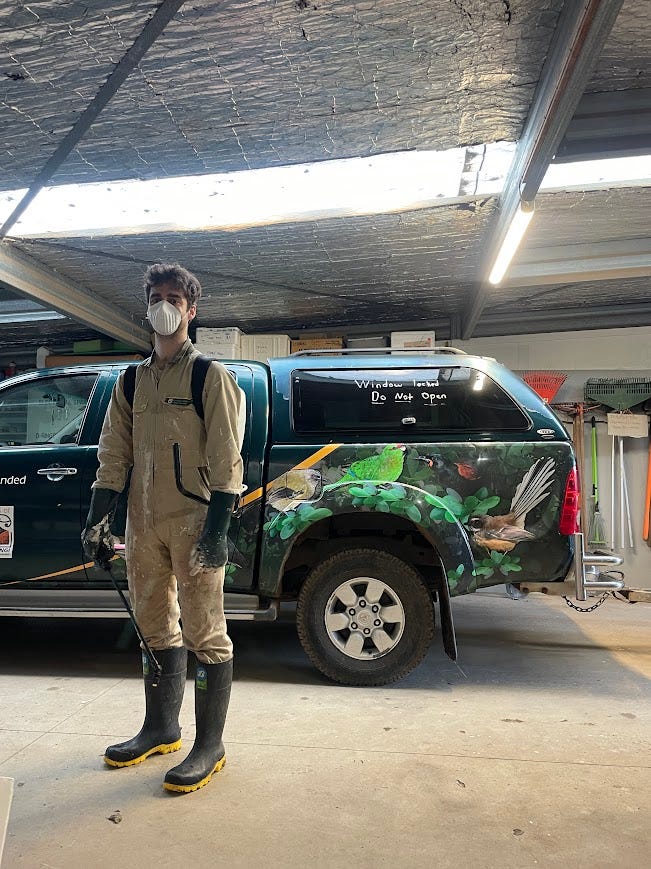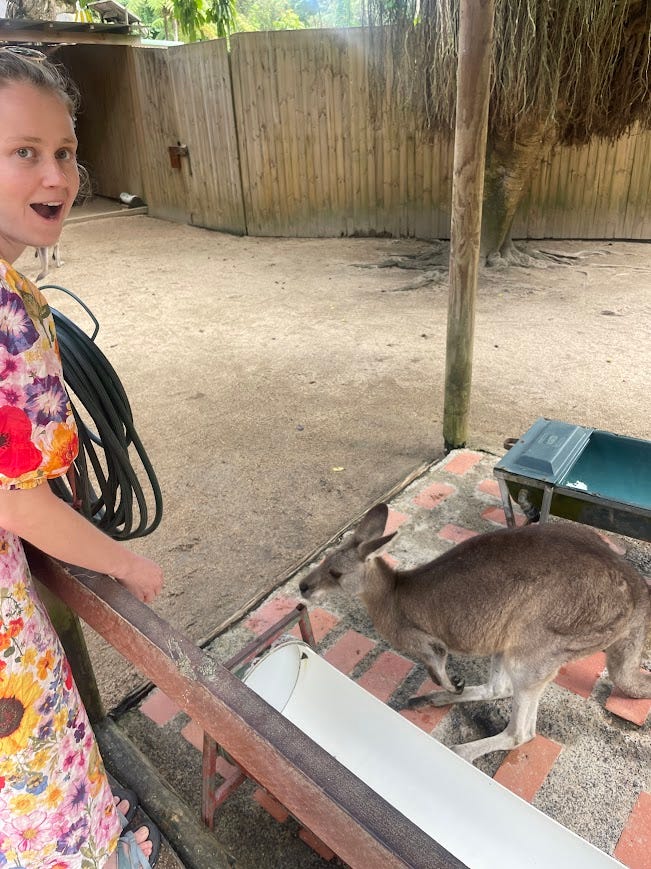Hi from…the U.S.! After living out my childhood dreams on our first trip to Australia, we are back home for two weddings, time with family and friends, and a little holiday from our working holiday. We have been feeling a bit fatigued by the backpacking/campervan lifestyle, especially amidst colder weather and limited daylight in winter. We are very ready for a rest and a reset as we figure out our plans for “part two” of our working holiday.
For me, this fatigue was underscored by getting really sick at the tail end of our time in New Zealand. Thankfully, our previous WWOOFing hosts in Auckland still generously let us hunker down in their spare bedroom, and it was fairly easy to reschedule our plans in Australia. Nevertheless, my illness still put me in a really poor headspace as we hit the six-month mark and wrapped up “part one” of the working holiday. Rather than leaving with the glow of an overwhelmingly positive six months, I felt like I was crawling out of the country almost as exhausted and stressed than before this recess began. I have had my fair share of health issues while travelling before – most memorably a rare, freak incident with a twisted intestine while studying abroad in South Africa. But being sick while not having a stable place to live besides the van (where I can confidently say I would not like to battle a fever) really made me feel overwhelmed by my life choices. While I passed the worst week of symptoms in bed in New Zealand, our last-minute change of plans meant we stayed in four different accommodations in the same town our first week in Australia. We are grateful we found vacancies, but having to check in and out of a new room every two days was not an ideal way to regain energy after a bout of illness.
While having this midpoint break has given us a welcome opportunity to recalibrate, I have also started to feel some anxiety about our purpose in returning to New Zealand. We have truly done so much over the course of six months – both in the types of experiences we wanted to have and the extensiveness of our travels. But calling it at six months also feels too short! I don’t want to feel like we are just biding our time or taking on more fiasco jobs just to finish out our visa. But I also feel like this period of living abroad and having the luxury of time is not to be rushed! Over the past few days, I’ve been trying to embrace this as a normal part of taking a sabbatical. You might go into a sabbatical with an idea of a few places you want to visit or personal projects you want to pursue. But if you’re really giving yourself ample time and space to unwind, you’re probably going to reach a point where you need to (get to!) revisit its purpose. Our long layover in LAX has been a good time to start documenting some of our reflections and hopes, and we’ll definitely be doing a lot more processing over the next few weeks!
Nancy Drew and the Case of the Elusive Kiwi
But for now, let’s catch up on the last month! As our newsletter entries can attest, we’ve definitely taken a “variety is the spice of life” approach to our working holiday. In our last month in New Zealand alone, we volunteered/worked at a wetland, an ice rink, and a bird sanctuary! To fit so many disparate plans together, we’ve had to choose anchor points around which to structure our other plans. For the end of our time in Akaroa, it was our trip down south to the Steampunk Festival. For “part two,” our anchor point will be our two iconic Great Walks booked for November. For the past few months, everything had been leading up our volunteer week on a bird sanctuary/scientific reserve. Volunteering on such a unique conservation effort felt like the perfect way to wrap up six months in New Zealand.
Tiritiri Matangi is an island about two miles east of central Auckland. As in other parts of New Zealand, European settlers cleared native bush for farmland, creating a recognizable, but unnatural landscape of blue sea and green rolling hills. In the 1970s, the island was designated as a reserve. Given that native bush regeneration would take, well, generations, local scientists advocated for community conservation efforts to restore the island. In the 1980s, volunteers began replanting native bush. By the 1990s, invasive pests like rats were eradicated from the island, making it safe for the reintroduction of native birds. The island is now home to healthy and growing populations of many native species, including those that are endemic to and endangered in other parts of New Zealand, like the tuatara, wētā, and kiwi.
We had signed up for a weekly rotation as general maintenance volunteers, which involves packing in a week’s worth of food, staying in the island’s bunkhouse, and helping with whatever the rangers need. Arriving by ferry, I felt a familiar feeling. A limited geography with a few buildings whose purpose would be made known to me over the course of the week. Just one other person on the island with us for the first few days. A checklist for tasks that were practical and educational. It had all the trappings of one of my favorite pasttimes: a Nancy Drew PC game. I have been playing these games for over two decades since getting #7: Ghost Dogs of Moon Lake at a Scholastic Book Fair in 2003. These games rule, and they hold up even playing as an adult.
Maybe someone who got into computer games in the more modern age would find the Nancy Drew offerings slow and boring. As someone who grew up in the era of dial-up Internet and “computer rooms,” I think their old-school simplicity gives them charm. Each game’s world always feels expansive enough to have more to explore, but usually there are only 3-4 major locations and characters for Nancy (who you’re playing in the first person) to interact with per game. The preset dialogue options mostly work, but sometimes don’t! I love it when Nancy has no tact! You’ll ask people a bunch of snoopy, personal questions like “why did you lie about where you were the night your sister went missing?”, and after they get defensive, your last dialogue option might be a perky “well, see ya later!”
There are truly epic or spooky scenes, like a chase scene through the Paris catacombs in #14: Danger by Design. But a common joke among the fanbase of the games is how much time Nancy spends doing literal chores. In #16: The White Wolf of Icicle Creek, Nancy goes undercover as the housekeeper, which gains her access to everyone’s rooms, but also means you spend a lot of time doing pretend laundry. The games are also, not subtly, educational. I’ve read stories of people who say these games introduced them to Roman numerals, Morse Code, hieroglyphs, whale species, lockpicking, and (don’t make me cry) how to read a subway map. The story is punctuated with minigames, which can range from surprisingly difficult logic puzzles to fixing a circuit board.

Our time on Tiritiri Matangi allowed me, at the age of 28, to experience perhaps the closest thing possible to inhabiting my favorite games. Sure, there wasn’t a greater mystery we were trying to solve – save for our nightly walks to spot the elusive, nocturnal kiwi (successful on the final night)! But at least three-quarters of the time spent playing these games is not actually about solving the mystery, but inhabiting the game’s world, learning about a new topic, and, of course, completing your little tasks. Our daily tasks and our nightly walks allowed us to explore a “map” that was both expansive but limited. We had just the ranger, later followed by a few volunteers, from which to gather information and learn about the island. And we spent a lot of our time doing tasks that were seemingly mundane, but incredibly satisfying and educational. We used scrap wood and a buzzsaw to fashion a new handle for the compost bin lid. We cleaned water troughs and sugar water dishes to prevent the spread of disease among birds.
In our most detective-like task, we collected ink-covered tracking cards to identify any presence of invasive mammals that would threaten the island. Our tasks were purposeful, but not urgent. It felt like the therapeutic practice of pottering, but instead of around one’s own domestic dwelling, around a beautiful island with unmatched birdsong.
There have been reasonable critiques of the practice of gamifying everything, in particular through our devices. Whether it be counting our steps or pages read or minutes spent practicing a new language, it feels like nearly everything can be turned into some version of a digital game with points and leaderboards and (sometimes real-life) rewards. Lifestyle apps can make otherwise desirable habits or hobbies feel like a job, bringing KPIs into our personal lives. While I was on the island, I just felt so delighted by the reversal of this. Rather than the structure of games being inserted into our everyday lives, I derived so much joy simply from noticing how my real life felt like a game that had fostered so much curiosity in me from a young age. Just like waiting tables really did feel a lot like Diner Dash, and scuba diving is Barbie’s Ocean Discovery come to life. It can be thrilling to live out the games you loved most but could only experience through play in childhood. It makes it feel like life is less about regressing from the joyful innocence of childhood into the seriousness of adulthood, but rather discovering that many of the make-believe experiences that brought you joy as a kid are actually based in reality. When I was a kid, I would go in my backyard to look for Pokémon and cry about how they weren’t real, and then I went to Australia and marveled that wombats and rock wallabies and giant pelicans ARE real. Back when this year was just an idea and a visa application, we talked a lot about exploring the relationship between joy, play, and labor, which can often become separated from one another, especially when labor is commodified. It felt really nice to find play and discovery so interwined with labor during our week on the island. I’m curious to see if I can rediscover this connection in my own professional life, or to hear from others how they find elements of play in their work.
Effective Volunteering
It would not be an overstatement to say that the island’s success is attributable to its volunteers. While the Department of Conservation has two full-time rangers, it’s volunteers who monitor breeding programs, lead visitor tours, run the gift shop, and a whole other variety of tasks. Many of the volunteers are also intergenerational! A tour guide showed us photos of her re-planting native bush with her mother in the 80s. A woman who had volunteered on the island as a Girl Guide was visiting with her teenage son. The island is clearly a place that has inspired long-term commitment by many. With all of that labor, the island felt run like a tight ship.
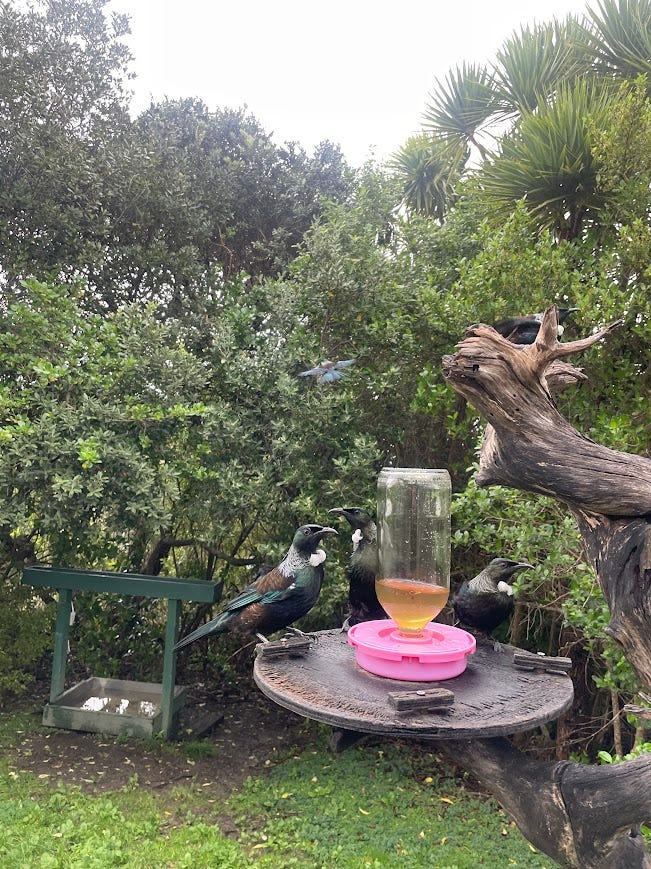
We especially appreciated our weekly maintenance role, because it felt so well defined – moreso than our paid jobs! With volunteering, especially international volunteering, there is always the risk of being a greater burden than help. At worst, organizations may feel they need to make volunteers feel important, even if their project is unsustainable or ineffective. Unless they are bringing a specialized skillset otherwise unavailable to the organization, short-term volunteers bring the most value when they free up the actual experts to do the more specialized parts of their job. This volunteer position felt specifically designed to do just that. Volunteers pick up tasks that are easy to pass off, while getting to move around the island and learn about the daily work that maintains a truly special conservation effort.
Wrapping Up
After leaving the island and my recovery from illness, we had truly the most amazing trip in Australia! We went scuba-diving in the Great Barrier Reef, visited coastal rainforest, and planned most of our trip in Queensland to maximize opportunities to see my favorite animal: kangaroos. We enjoyed being back in major cities for everything they have to offer: museums, architecture, public transit, film festivals, live theatre, and truly delicious food from all over the world.
For all my talk about relaxation, we have a jam-packed few weeks in the U.S. We’ll attempt to make ourselves presentable for some weddings and hopefully figure out how to succinctly answer “how’s New Zealand?” Then we return to Sydney, where we are planning on doing some WWOOFing restoring native bush south of the city, before retrieving our campervan in Auckland for the next part of the journey! Can’t wait to see many of you over the next few weeks <3




